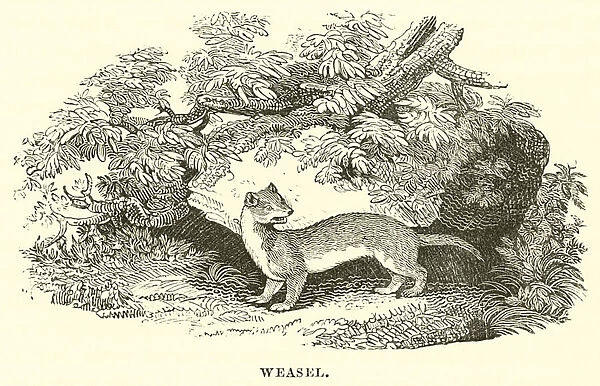3.1 Guest Lecture: Lauren Klein » Q&A on "What is Feminist Data Science?"<br />
https://www.complexityexplorer.org/courses/162-foundations-applications-of-humanities-analytics/segments/15631
https://www.youtube.com/watch?v=c7HmG5b87B8
Theories of Power
Patricia Hill Collins' matrix of domination
- no hierarchy, thus the matrix format
What are other broad theories of power? are there schools?
Relationship to Mary Parker Follett's work?
Bright, Liam Kofi, Daniel Malinsky, and Morgan Thompson. “Causally Interpreting Intersectionality Theory.” Philosophy of Science 83, no. 1 (January 2016): 60–81. https://doi.org/10.1086/684173.
about Bayesian modeling for intersectionality
Where is Foucault in all this? Klein may have references, as I've not got the context.
How do words index action?
—Laura Klein
The power to shape discourse and choose words
- relationship to soft power
- linguistic memes
Color Conventions Project
20:15 Word embeddings as a method within her research
General result (outside of the proximal research) discussed: women are more likely to change language... references for this?
[[academic research skills]]:
It's important to be aware of the current discussions within one's field. (LK)
36:36
quantitative imperialism is not the goal of humanities analytics, lived experiences are incredibly important as well. (DK)
 Re-reading the novel after viewing Persuasion (2022), I was partly focused on finding the kind of comedy that Cracknell's adaptation foregrounds, which verges on slapstick at different moments, especially when Anne is involved. Anne's humor in the novel remains in the familiar realm of the satirical. But this scene with Charles Musgrove, Mary, and Anne is one of the few moments where it's possible to see some silliness in the narrative. The image of Charles chasing after this small animal to disengage himself from Mary's complaints is charming and makes him look quite silly: he is disarmed by her tenacious complaining and rather than endure them prefers to run after a small animal. The humor is turned against the couple, not at all an exemplar of marital respect. These two spouses might be found bickering but they are also conflict-averse, unable to enter into honest dialogue. The movie is inclined to giving Mary the upper hand. In the novel, Charles' possibly threatening masculinity is suggested through his persona as an avid sportsman. Hunting for weasels was not silly in and of itself at the time. These small and slender creatures had (and still do) a reputation for being ferocious predators. Thomas Bewick, who Austen would have known, describes them as follows in his A General History of Quadrupeds (1790): "The Weasel is very common, and well known in most parts of this country; is very destructive to young birds, poultry, rabbits, &c.; and is a keen devourer of eggs, which it sucks with great avidity" (219).
Re-reading the novel after viewing Persuasion (2022), I was partly focused on finding the kind of comedy that Cracknell's adaptation foregrounds, which verges on slapstick at different moments, especially when Anne is involved. Anne's humor in the novel remains in the familiar realm of the satirical. But this scene with Charles Musgrove, Mary, and Anne is one of the few moments where it's possible to see some silliness in the narrative. The image of Charles chasing after this small animal to disengage himself from Mary's complaints is charming and makes him look quite silly: he is disarmed by her tenacious complaining and rather than endure them prefers to run after a small animal. The humor is turned against the couple, not at all an exemplar of marital respect. These two spouses might be found bickering but they are also conflict-averse, unable to enter into honest dialogue. The movie is inclined to giving Mary the upper hand. In the novel, Charles' possibly threatening masculinity is suggested through his persona as an avid sportsman. Hunting for weasels was not silly in and of itself at the time. These small and slender creatures had (and still do) a reputation for being ferocious predators. Thomas Bewick, who Austen would have known, describes them as follows in his A General History of Quadrupeds (1790): "The Weasel is very common, and well known in most parts of this country; is very destructive to young birds, poultry, rabbits, &c.; and is a keen devourer of eggs, which it sucks with great avidity" (219). 